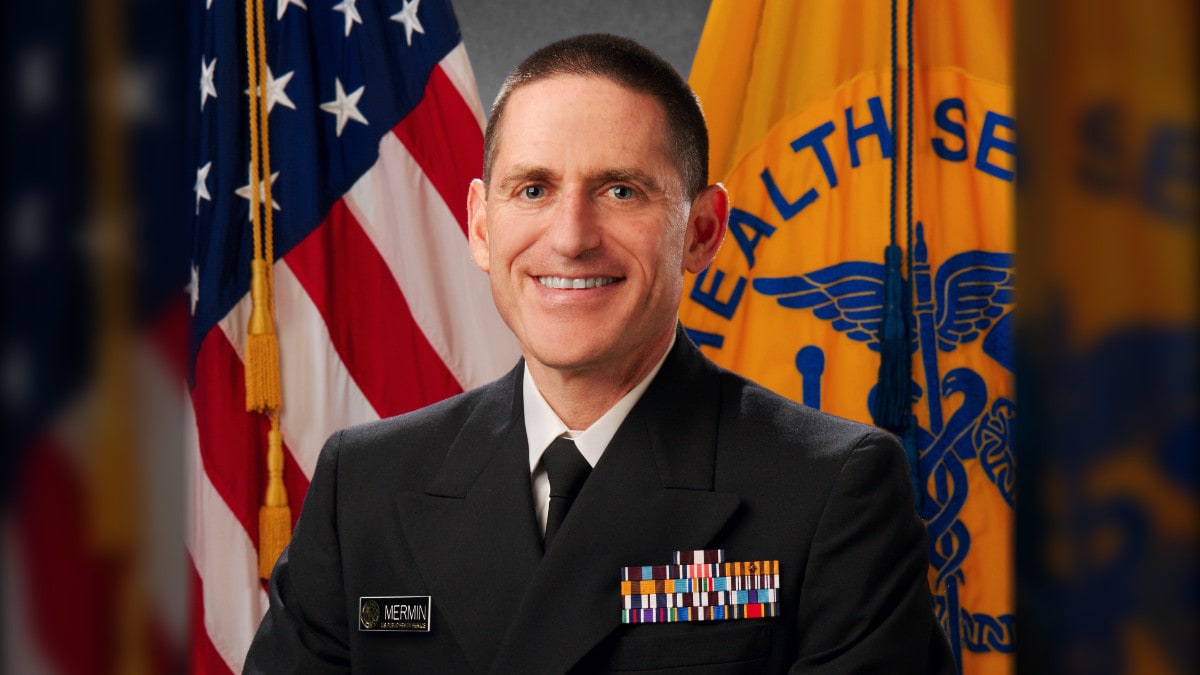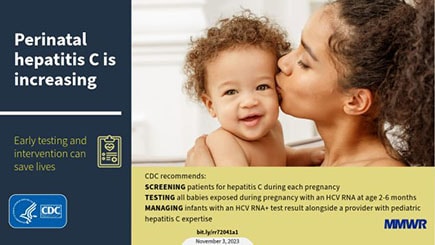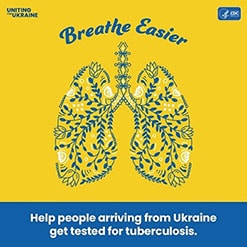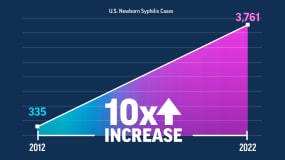At a glance
This issue covers World Aids Day, perinatal hepatitis C screening, STD prevention success stories, newborn syphilis rates and more.
Stay connected
Get Connections in your email
From the director

This month we observe the 35th anniversary of World AIDS Day and the 20th anniversary of PEPFAR. The White House just released the National HIV/AIDS Strategy Interim Action Report, which highlights the progress made by federal and community organizations and urges that much work remains to be done. In Dr. Robyn Neblett Fanfair and my recent Dear Colleague Letter, we reflected on progress made, recognized remaining challenges, and discussed the ongoing need for funding – it is urgent.
The goals of the Ending the HIV Epidemic in the U.S. initiative (EHE) will be met only if we can expand partnerships, community engagement, whole-person health approaches, and focus on innovative interventions in areas and for those people most affected by HIV.
Good HIV prevention saves lives and is cost saving. Reaching EHE goals by 2030 would prevent over 255,000 HIV cases and save over $100 billion in direct lifetime medical costs. But our ability to make further progress in stopping HIV transmission hinges on our ability to bring to scale innovative approaches designed to prevent disparities and their drivers, including bringing innovative prevention interventions to everyone who needs them, and addressing the social and structural determinants of health.
Read more about CDC's work and commitment to end HIV in the U.S. and globally. In addition, learn about the latest study on pediatric HIV published in CDC's Morbidity and Mortality Weekly Report and how a first-of-its-kind virology lab in Côte d'Ivoire has contributed to groundbreaking HIV research for 36 years.
Follow me on X
Publication highlights

In November 2023, CDC published new recommendations for hepatitis C testing for perinatally exposed infants and children. The updated perinatal recommendations advise hepatitis C testing with a nucleic acid test (NAT) at age 2-6 months for all infants and children born to pregnant persons with current or probable hepatitis C virus (HCV) infection. CDC also recommends consultation with a health care provider with expertise in pediatric hepatitis C management for all infants and children with detectable HCV RNA. Proper identification of perinatally infected children, referral to care, and curative treatment are critical to achieving the goal of hepatitis C elimination. Read more in the MMWR: CDC Recommendations for Hepatitis C Testing Among Perinatally Exposed Infants and Children — United States, 2023.
Summary Sources: Panagiotakopoulos L, Sandul AL, et al. CDC Recommendations for Hepatitis C Testing Among Perinatally Exposed Infants and Children — United States, 2023. MMWR Recomm Rep 2023;72(No. RR-4):1–19. DOI: http://dx.doi.org/10.15585/mmwr.rr7204a1.
New product offerings
Influenza and Covid-19
Every fall, we are prompted to protect our health from seasonal colds and flu. People with HIV are at higher risk of developing serious flu-related complications, especially those who have low CD4 cell counts. People who are immunocompromised are also at higher risk of getting severe COVID-19. CDC offers both influenza and COVID-19 resources for people living with HIV at Flu & People Living with HIV | CDC and COVID-19 and HIV | HIV Basics | HIV/AIDS | CDC.
Uniting for Ukraine: Tuberculosis information and resources

CDC is pleased to announce the release of tuberculosis (TB) resources to increase awareness about the TB screening and attestation requirements of the Uniting for Ukraine program. Resources are available in Ukrainian, Russian, and English.
STD prevention success stories
A growing number of sexually transmitted infection (STI) treatment and prevention programs in the United States are implementing "human-centered care" that focuses on a patient's unique priorities and needs. CDC has an exciting new success story about this strategy being utilized in Las Vegas, Nevada. Read more about how the Southern Nevada Health District provides STI health care in a welcoming, but unexpected location – a community church.
News media updates

Syphilis in babies reflects health system failures
In the latest issue of CDC Vital Signs published in November 2023, CDC published an important report about rapid increases in the number of babies born with syphilis in the United States. In 2022, there were more than 3,700 babies born with syphilis, which was over 10 times the number of reported cases in 2012. Innovative and increased syphilis testing and treatment during pregnancy can reduce the number of babies born with syphilis and improve health during the pregnancy. To learn more about the challenges and how tailored strategies can address missed prevention opportunities during pregnancy, please see Syphilis in Babies Reflects Health System Failures | VitalSigns | CDC and Vital Signs: Missed Opportunities for Preventing Congenital Syphilis — United States, 2022 | MMWR (cdc.gov).
Quarterly HIV surveillance data tables, June 2023 NHSS/March 2023 PrEP
CDC released a quarterly HIV surveillance data tables that shows, for the first time in 2022, more than one-third of people who could benefit from PrEP in the U.S. had been prescribed it, according to preliminary data. Increasing PrEP coverage is one of the key prevention strategies outlined in the Ending the HIV Epidemic in the U.S. Initiative (EHE). While preliminary data show improvement in PrEP prescriptions among all racial/ethnic groups from 2019 to 2022, widening inequities in using PrEP are occurring throughout the nation. Estimates suggest 94% of White people who could benefit from PrEP have been prescribed it, but only 13% of Black and 24% of Hispanic/Latino people who could benefit have been prescribed PrEP. Increased investments in community outreach, education, and services, as well as efforts to address the root causes and social determinants that contribute to HIV disparities, are needed to reach PrEP goals.
CDC also released the following HIV and Stage 3 (AIDS) Classifications Data through December 2021 Provided for the Ryan White HIV/AIDS Program, for Fiscal Year 2023 and Social Determinants of Health among Adults with Diagnosed HIV Infection in the United States and Puerto Rico, 2021.
